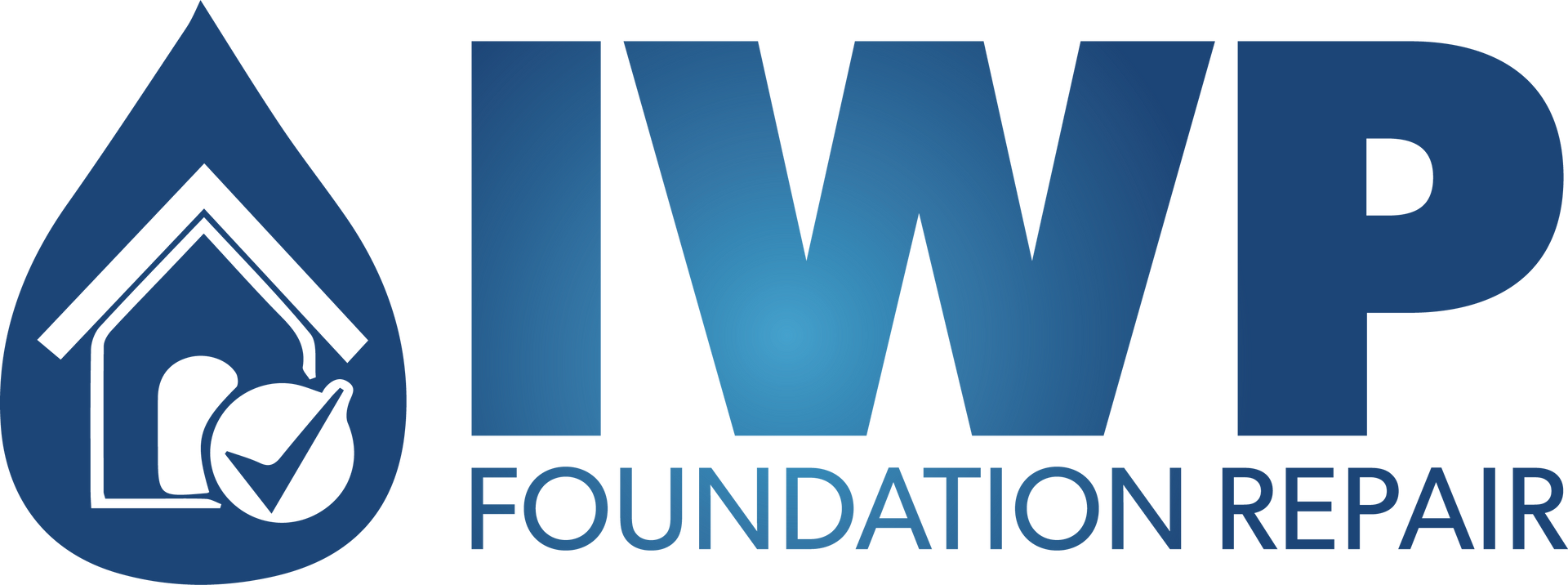The Value of Egress Window Installation: Worth Every Penny
Home improvement projects are a great way to enhance the comfort, safety, and functionality of your home while also increasing its resale value. One often overlooked yet highly beneficial project is egress window installation. While it may seem like an additional expense, installing egress windows can prove to be a wise investment for homeowners. In this blog, we'll explore why egress window installation is worth the money and how it can benefit you and your family.

1. Safety First
One of the primary reasons why egres window installation is worth the money is the improved safety it provides. Egress windows are specifically designed to serve as emergency exits in case of fire or other hazards. They offer a large, easily accessible opening that can be used to escape your home in an emergency. Without them, you may find yourself trapped in a basement or lower-level room during a crisis.
Moreover, egress windows also allow emergency responders quick access to your home, which can be crucial in a life-threatening situation. By investing in egress window installation, you are prioritizing the safety of your family and giving yourself peace of mind.
2. Natural Light and Ventilation
Egress windows aren't just for emergencies; they also enhance the overall living experience in your home. These windows are often larger than standard basement windows, which means they bring more natural light into your lower-level spaces. This added sunlight can transform a dark and gloomy basement into a welcoming, well-lit area that's perfect for various activities.
Additionally, egress windows can improve ventilation, allowing fresh air to circulate and preventing that musty, basement odor. This improved air quality can make your basement more inviting and comfortable for everyday use.
3. Increase Home Value
Home improvement projects that enhance safety and functionality typically result in a higher resale value for your property. Egress window installation is no exception. When you decide to sell your home, having egress windows in place can be a significant selling point for potential buyers.
Buyers often prioritize safety features, and egress windows are a compelling feature to highlight. Not only does it increase the marketability of your home, but it can also fetch a higher selling price, making the initial investment in egress windows well worth it.
4. Expanded Living Space
Egress windows can effectively transform your basement into usable living space. With proper egress windows installed, you can legally consider your basement a bedroom or additional living area when it comes to real estate listings. This can be especially valuable if you have a growing family or want to generate rental income by converting your basement into a operate living space.
Lastly, egress window installation is a home improvement project that is unquestionably worth the money. It not only enhances safety but also brings natural light, ventilation, and increased home value to your property. Additionally, egress window can unlock the full potential of your basement, providing you with additional living space or rental income opportunities. When you weigh the cost of installation against these substantial benefits, it becomes clear that investing in egress windows is a smart and prudent decision for any homeowner. So, prioritize safety, functionality, and the long-term value of your home by considering egress window installation as your next home improvement project.
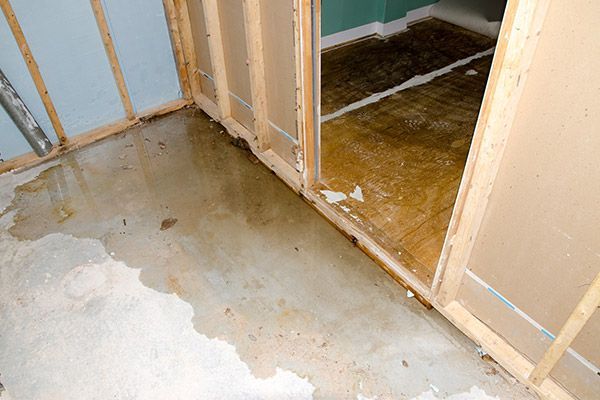


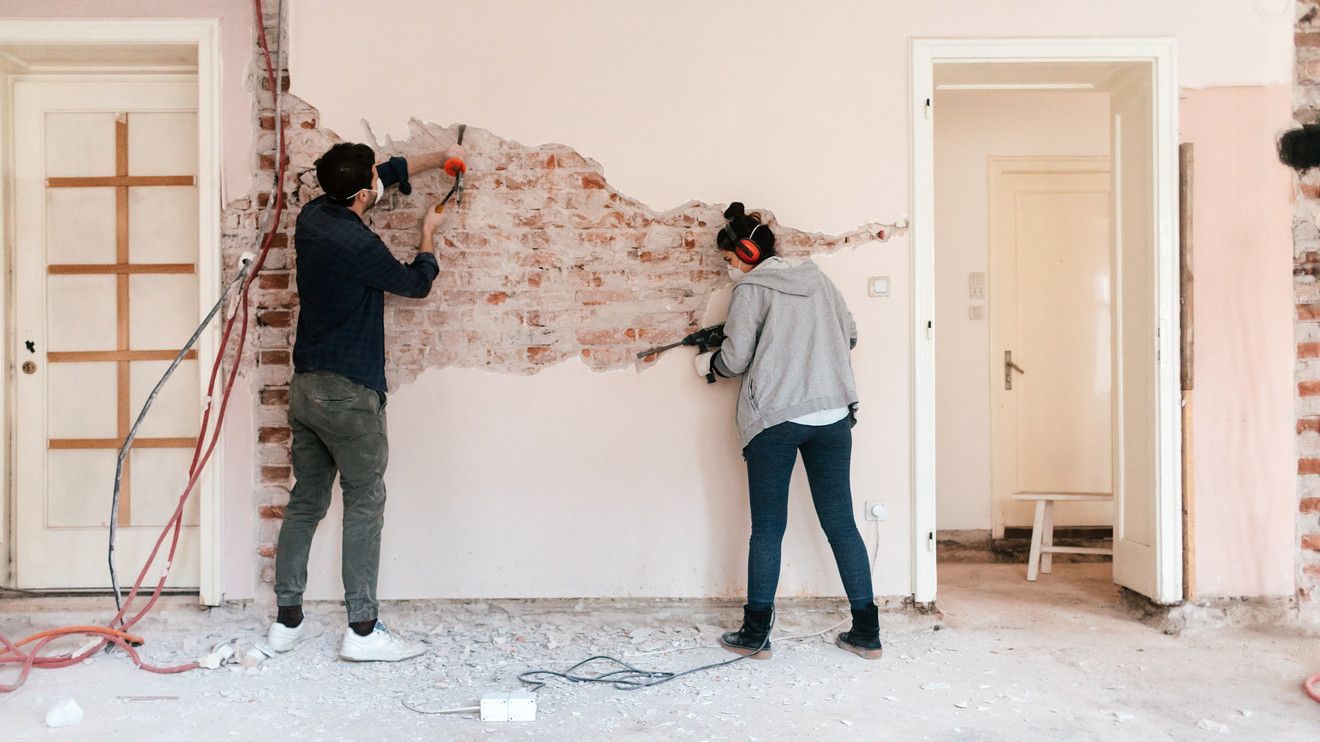

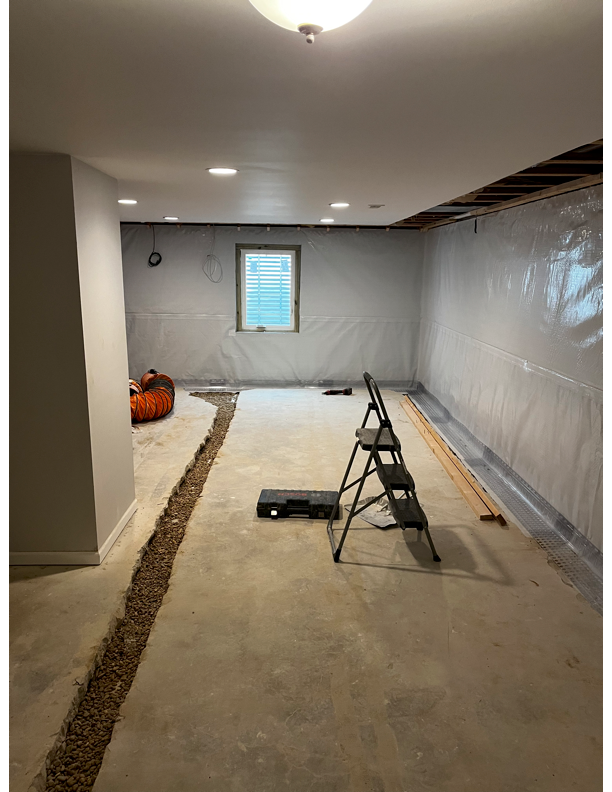
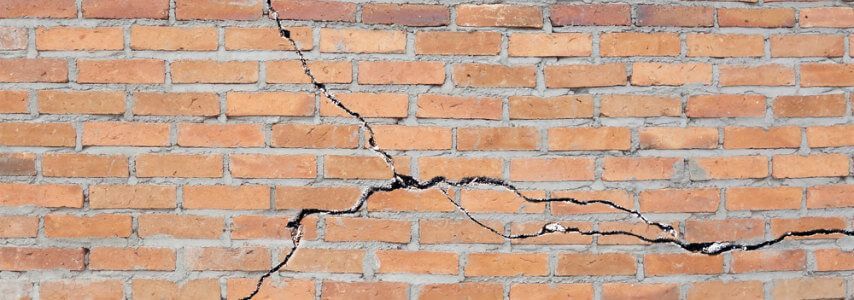

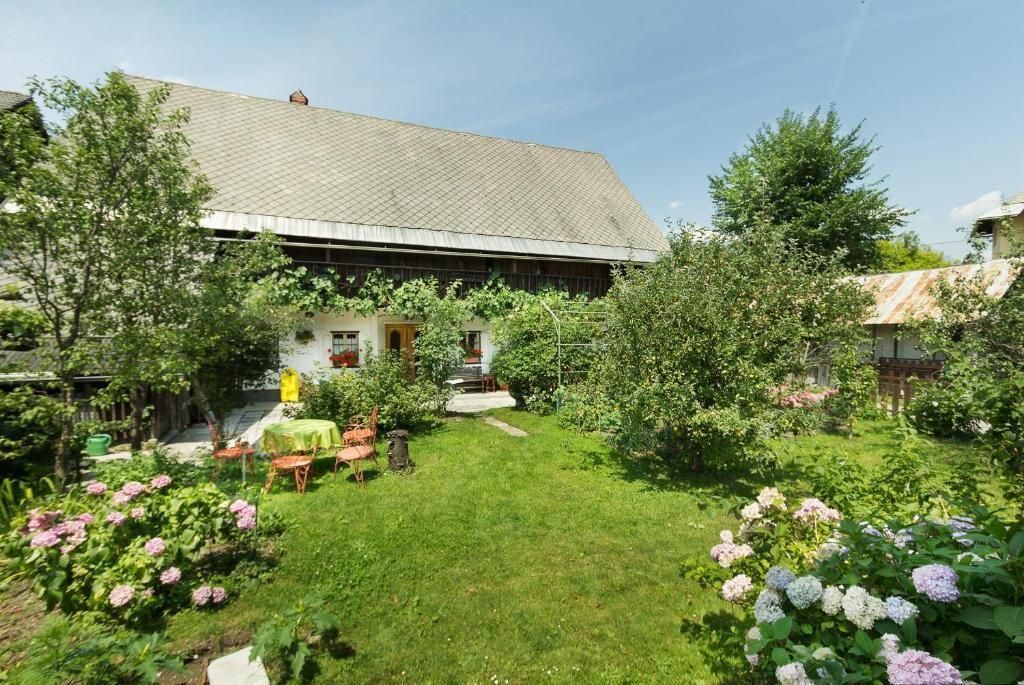

HAVE PEACE OF MIND WITH IWP FOUNDATION REPAIR
With over 30 years of combined experience in the business, you know that you can trust our team to get the job done right the first time. We value the customer experience, which is why we take the time to listen to your concerns, answer all your questions, and explain the best plan of action for your home. If you’ve noticed any foundation issues at all, no matter how minor they seem, you should call a professional. Our expert team is waiting for you, so call today for a free evaluation!
